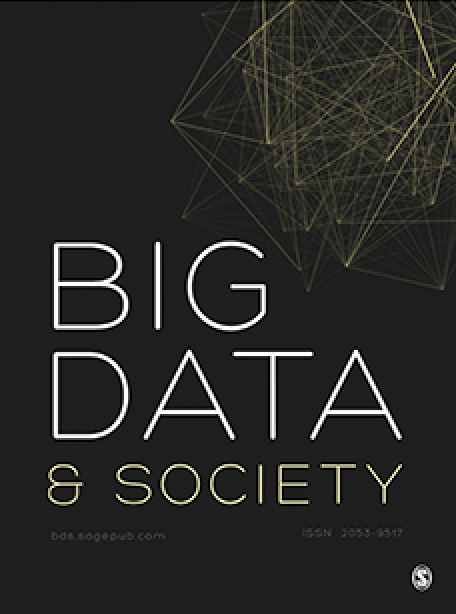
Manipulative tactics are the norm in political emails: Evidence from 300K emails from the 2020 U.S. election cycle
Type
We collect and analyze a corpus of more than 300,000 political emails sent during the 2020 US election cycle. These emails were sent by over 3000 political campaigns and organizations including federal and state level candidates as well as Political Action Committees. We find that in this corpus, manipulative tactics—techniques using some level of deception or clickbait—are the norm, not the exception. We measure six specific tactics senders use to nudge recipients to open emails. Three of these tactics—“dark patterns”—actively deceive recipients through the email user interface, for example, by formatting “from:” fields so that they create the false impression the message is a continuation of an ongoing conversation. The median active sender uses such tactics 5% of the time. The other three tactics, like sensationalistic clickbait—used by the median active sender 37% of the time—are not directly deceptive, but instead, exploit recipients’ curiosity gap and impose pressure to open emails. This can further expose recipients to deception in the email body, such as misleading claims of matching donations. Furthermore, by collecting emails from different locations in the US, we show that senders refine these tactics through A/B testing. Finally, we document disclosures of email addresses between senders in violation of privacy policies and recipients’ expectations. Cumulatively, these tactics undermine voters’ autonomy and welfare, exacting a particularly acute cost for those with low digital literacy. We offer the complete corpus of emails at https://electionemails2020.org for journalists and academics, which we hope will support future work.
Paper: link
Data: https://electionemails2020.org/

